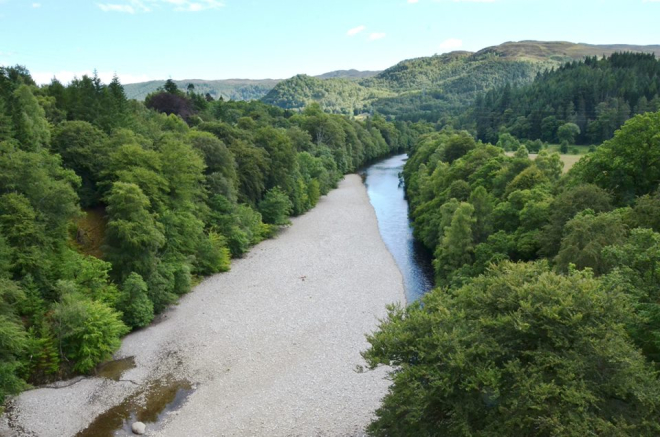Trees to act as natural defences against flooding

Flooding is a major environmental hazard facing many parts of Scotland. With a changing climate bringing more extreme weather patterns, mixed with further urban development, there is an increased risk of flooding.
Forests and woodlands are known to reduce flood flows in many ways and can make an important contribution to natural flood management and so land managers across Scotland are being urged to take note of new forestry guidance on using trees as natural defences to minimise the risks of flooding.
New advice in a UK Forestry Standard Practice guide, produced by the Forest Research agency, gives practical advice to landowners, managers and authorities involved in flood risk management, on how best to use trees to reduce flooding.
Welcoming the guidance, Environment Minister Mairi McAllan said:
“I have been highlighting at a number of forums this year, the significant role that our forests and woodlands can play in tackling the onset of climate change. We are facing more extreme weather patterns and we should be prepared for milder and wetter winters in the future. With this, there is an increased risk of flooding. This new guidance describes how forestry can provide a natural defence to flooding and highlights the importance of complying with best practice. I would urge all foresters, landowners and land managers to follow the best practice contained in the new guidance.”
Forests and woodlands can help reduce the risk of flooding in numerous ways and key considerations on growing new woodlands can include forest design, location and the scale of the woodland.
Forest managers also need to carefully consider their operations including cultivation, drainage, and road construction and harvesting, as all these factors can have negative effects on flooding if not managed properly.
The new UK Forestry Standard Practice Guide: Designing and managing forests and woodlands to reduce flood risk can be viewed here.


